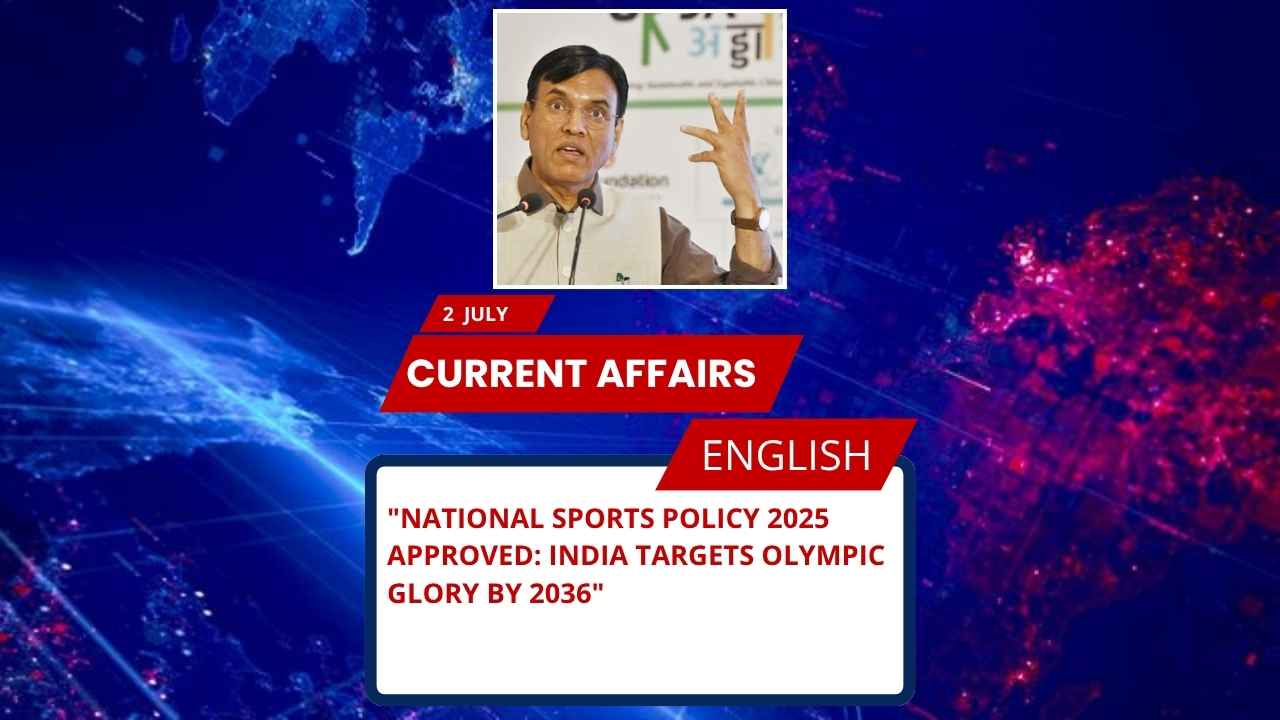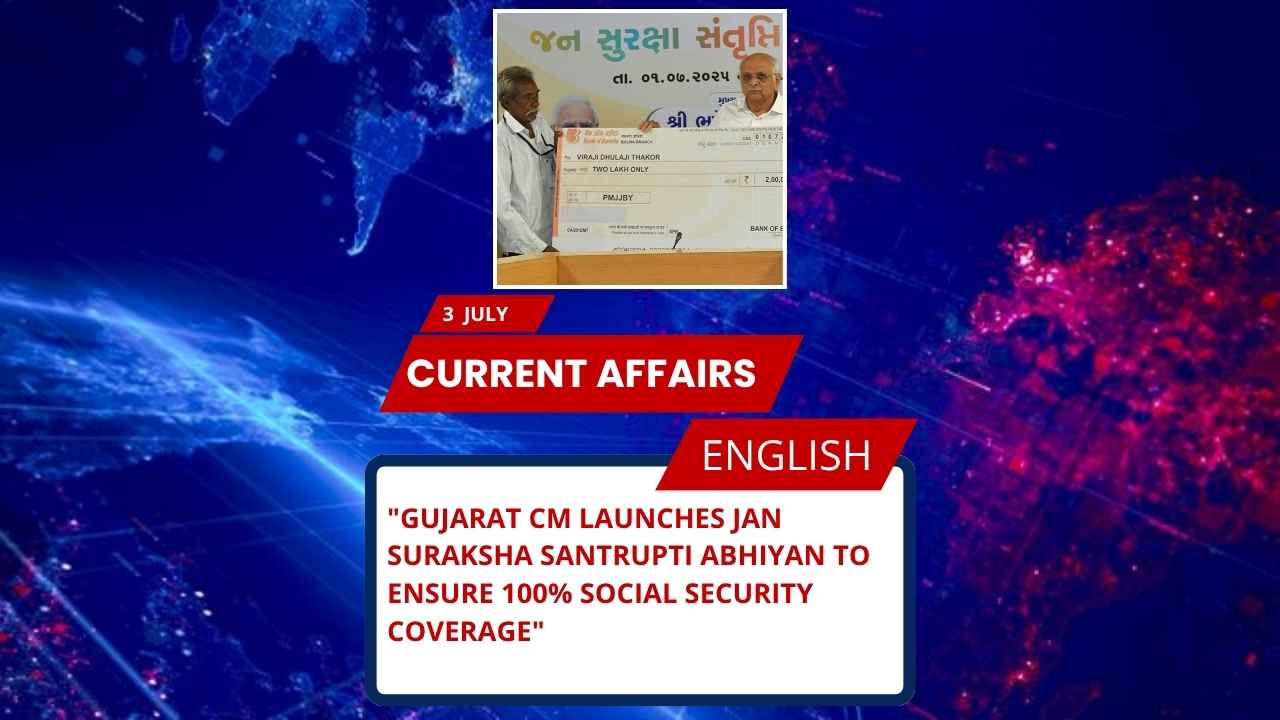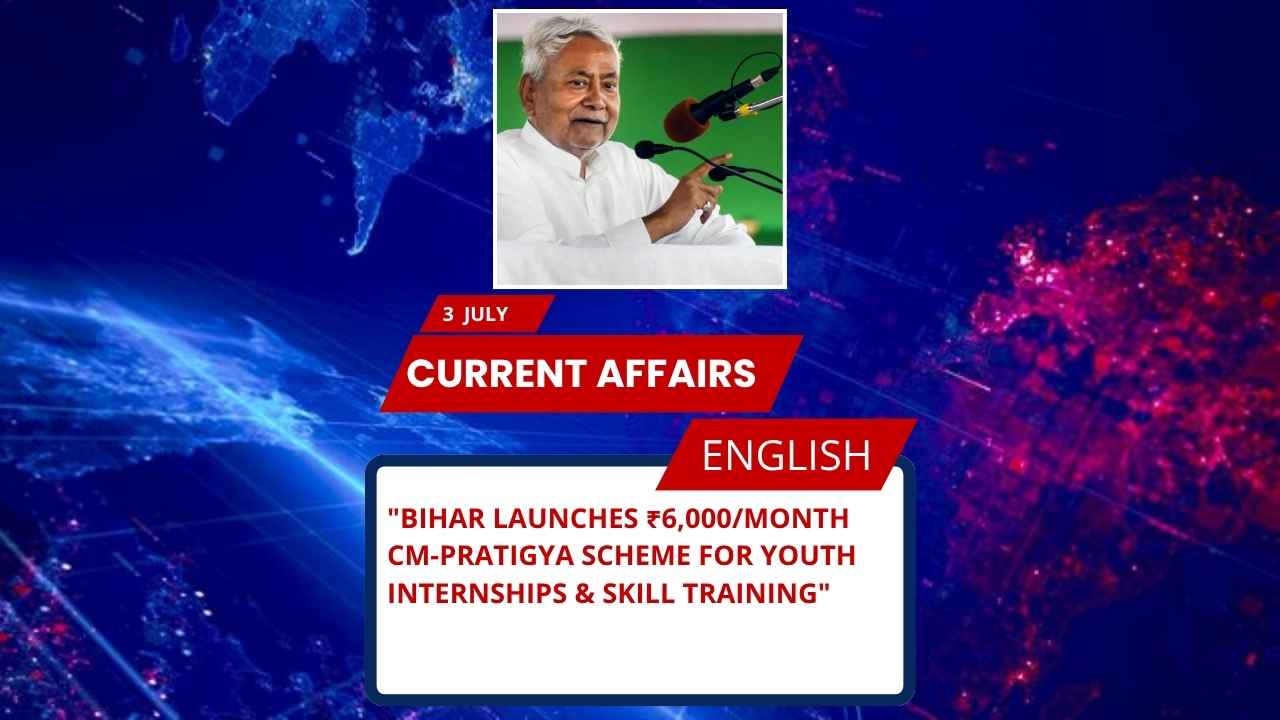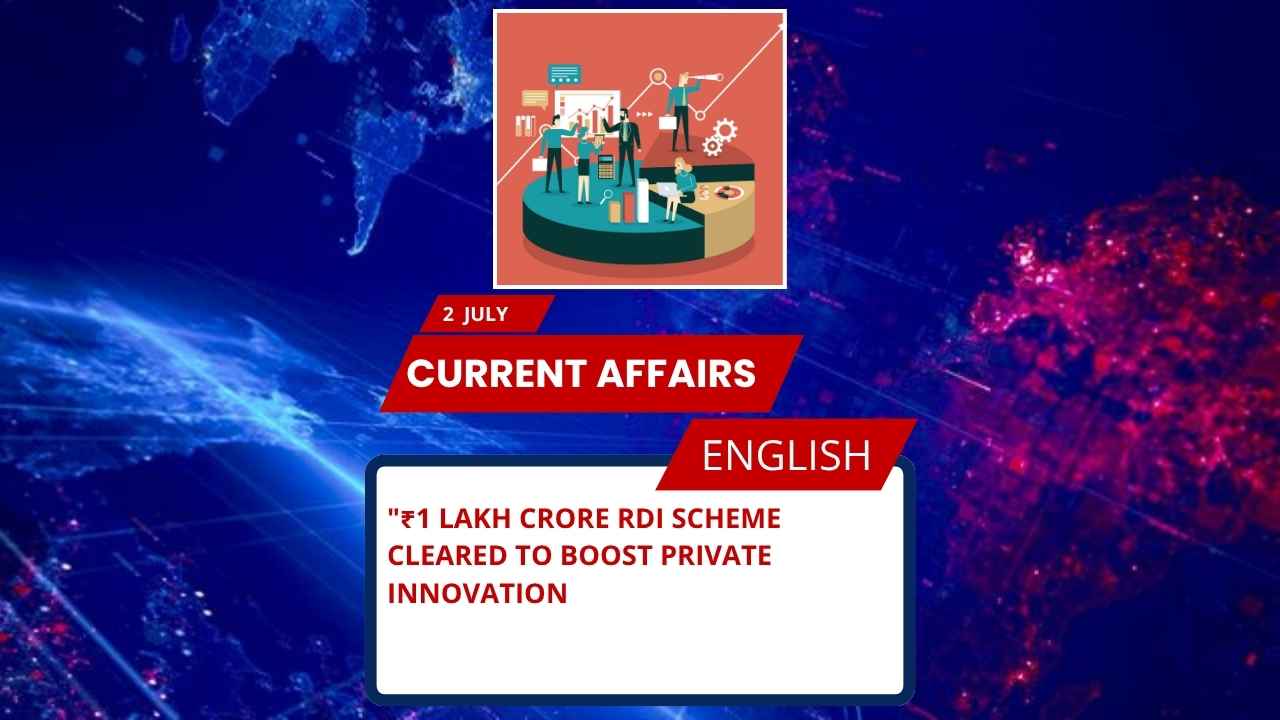
Key Points for SSC/UPSC & Other Exams
- National Sports Policy 2025 replaces the 2001 policy.
- Approved by the Union Cabinet led by PM Narendra Modi.
- Aims to transform India into a global sports powerhouse.
- Focuses on Olympic preparation, especially for 2036.
- Based on 5 core pillars including global excellence, education integration, and economic development.
- Aligns with National Education Policy (NEP) 2020.
- Promotes sports tourism, private participation, and startups.
- Includes indigenous games and social inclusion.
- Lays out a strategic implementation framework with KPIs and a model for states.
Complete Blog on National Sports Policy 2025
Introduction
The Union Cabinet, under the leadership of Prime Minister Narendra Modi, has approved the National Sports Policy (NSP) 2025, a forward-looking strategy aimed at revolutionizing India’s sports ecosystem. This new policy replaces the 2001 National Sports Policy, positioning India to emerge as a global sporting giant and a strong contender in international events—most notably, the 2036 Olympic Games.
Objectives of NSP 2025
The policy envisions a sports-centric India by empowering individuals, building infrastructure, and integrating sports into the education system and the economy. The framework is built on five key pillars, alongside a detailed strategic implementation plan.
Pillars of NSP 2025
1. Excellence on the Global Stage
- Early talent identification and development.
- Formation of competitive leagues in rural and urban areas.
- Development of world-class coaching, training, and infrastructure.
- Enhanced support for athletes through sports science and medicine.
- Upskilling of coaches, referees, and support staff.
2. Sports for Economic Development
- Promotion of sports tourism and international event hosting.
- Boost to sports manufacturing and startup ecosystems.
- Encouragement of Public-Private Partnerships (PPPs) and Corporate Social Responsibility (CSR) funding.
3. Sports for Social Development
- Inclusion of marginalized groups: women, tribal communities, economically weaker sections, and differently-abled individuals.
- Revival of traditional Indian games.
- Promotion of sports as a viable career, including dual-career pathways and volunteering.
4. Sports as a People’s Movement
- Community-level mass participation campaigns.
- Fitness Index system for schools, colleges, and workplaces.
- Universal access to playgrounds and fitness centers.
5. Integration with Education (Aligned with NEP 2020)
- Sports to be made a core subject in school curricula.
- Specialized training for physical education teachers and educators.
- Awareness programs in academic institutions.
Strategic Implementation Framework
- Governance Reform: A robust legal and regulatory framework for sports governance.
- Technology Integration: Use of AI, data analytics, and performance monitoring tools.
- Funding Mechanisms: Innovative financing models with private sector engagement.
- National Monitoring Framework: KPIs, timelines, benchmarks, and a central evaluation body.
- Model for States/UTs: Encouraging tailored state-level sports policies.
- Whole-of-Government Approach: Sports integrated into the activities of all Ministries and Departments.
Important Institutional & Government Details
India
- Prime Minister: Narendra Modi
- National Education Policy (NEP) 2020: Policy promoting holistic education with sports integration
- Target Event: Olympic Games 2036
Expected MCQs Based on NSP 2025
1. The National Sports Policy 2025 aims to prepare India for which future Olympic Games?
A. 2028
B. 2032
C. 2036
D. 2040
Answer: C. 2036
2. Which key policy has been integrated with the National Sports Policy 2025?
A. Make in India
B. NEP 2020
C. Startup India
D. NITI Aayog Vision 2030
Answer: B. NEP 2020
3. What is NOT one of the five key pillars of NSP 2025?
A. Education and Innovation
B. Sports for Economic Development
C. Sports for Social Development
D. Excellence on the Global Stage
Answer: A. Education and Innovation
4. NSP 2025 replaces which existing policy?
A. National Youth Policy 2001
B. National Sports Policy 2001
C. National Physical Fitness Policy 2010
D. National Games Development Policy 1999
Answer: B. National Sports Policy 2001
5. Under NSP 2025, which of the following is NOT a strategic focus area?
A. Legal Governance
B. Artificial Intelligence in sports
C. Sports Insurance for athletes
D. Monitoring Framework with KPIs
Answer: C. Sports Insurance for athletes
UPSC-Style FAQs with Model Answers
Q1: What are the transformative changes introduced by the National Sports Policy 2025 in comparison to the 2001 policy?
Answer:
The National Sports Policy 2025 introduces a multi-dimensional, futuristic approach to sports development. Unlike the 2001 policy, NSP 2025 integrates sports with education (via NEP 2020), economy, and community development. It focuses on global sporting excellence, fosters private sector engagement, embraces sports technology, and promotes inclusion through social development. It also introduces a national monitoring framework with KPIs and encourages each State and Union Territory to frame its own aligned sports policy. The policy not only targets competitive excellence but also aims to transform India into a sports-driven society by 2036.
Q2: How does the NSP 2025 align with the NEP 2020, and what are the implications for educational institutions?
Answer:
NSP 2025 is strategically aligned with the National Education Policy (NEP) 2020 to mainstream sports in educational institutions. Sports will no longer be treated as an extracurricular activity but as an integral part of academic growth. The policy mandates:
- Integration of sports into the school and college curriculum
- Training and certification for physical education teachers
- Infrastructure development within academic campuses
- Introduction of fitness benchmarks for students and institutions
This alignment ensures that children and youth are exposed to sports from an early age, fostering discipline, health, and career opportunities.
Q3: What role does the private sector play in NSP 2025, and how will it impact India’s sports ecosystem?
Answer:
The private sector is central to the successful execution of NSP 2025. The policy facilitates:
- Public-Private Partnerships (PPPs) in building infrastructure and managing leagues
- Leveraging Corporate Social Responsibility (CSR) funds for athlete training and rural outreach
- Promoting sports entrepreneurship and startups in manufacturing, analytics, fitness tech, and management
This inclusion is expected to bring in professionalism, scalability, and innovation, which will modernize India’s sports ecosystem and make it financially sustainable.
Q4: In what ways does the National Sports Policy 2025 support social inclusion?
Answer:
NSP 2025 uses sports as a powerful instrument for social integration and upliftment. It outlines initiatives to:
- Engage women, tribal communities, economically weaker sections, and differently-abled persons through focused outreach
- Revive and mainstream indigenous games
- Offer career development programs, volunteering roles, and dual career options for youth
- Engage with the Indian diaspora to promote cultural and national sporting identity
These provisions make sports a tool for equity, empowerment, and national unity.
Q5: What are the technological innovations proposed under NSP 2025, and how will they enhance athlete performance?
Answer:
NSP 2025 promotes the use of emerging technologies such as Artificial Intelligence (AI), data analytics, and sports science to monitor and improve performance. These innovations will:
- Track athlete progress with data-driven tools
- Personalize training programs
- Enhance injury prevention and recovery
- Enable real-time feedback and coaching enhancements
The policy thus moves beyond traditional training, making India’s athletes globally competitive with cutting-edge support systems.






